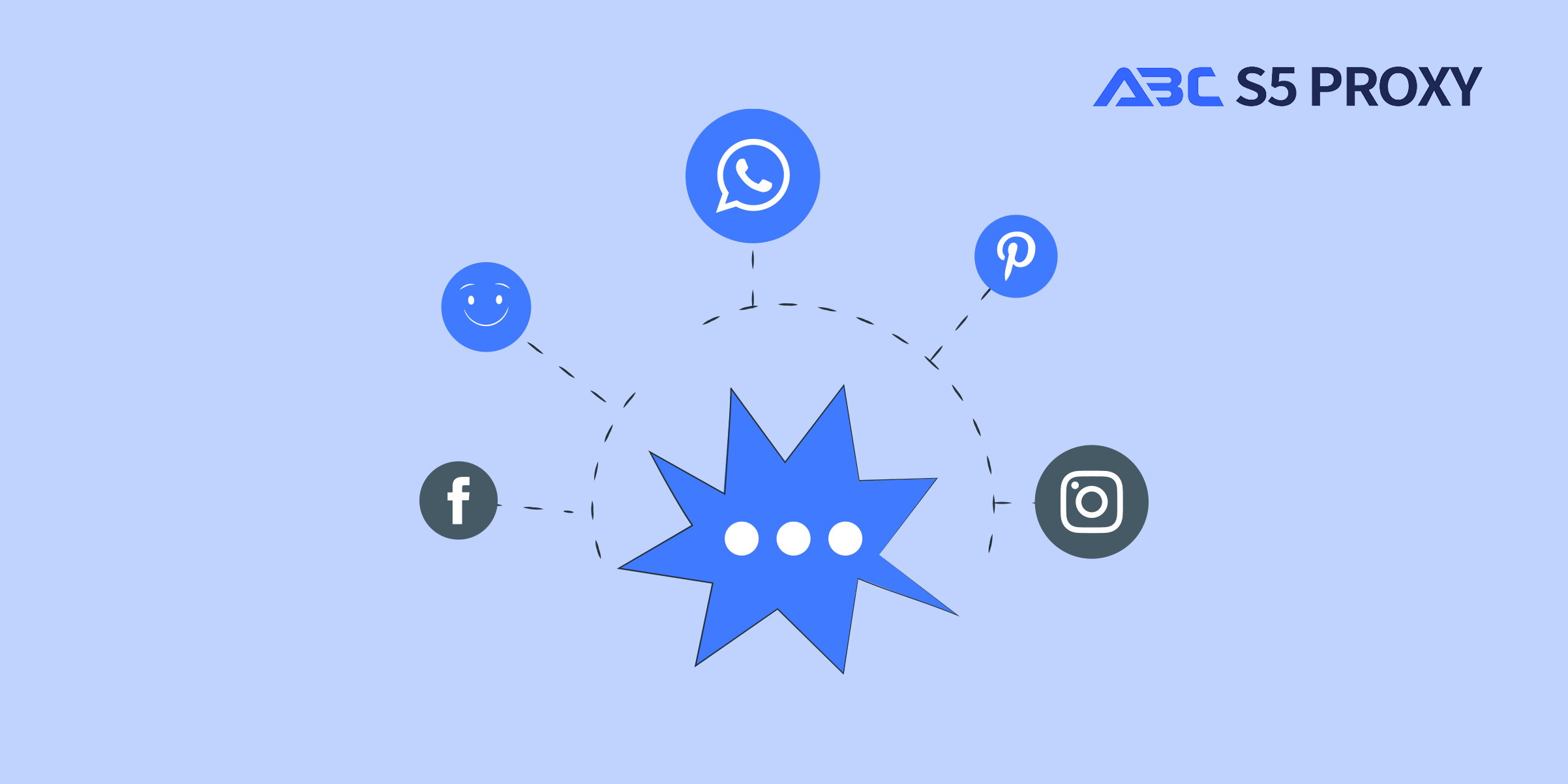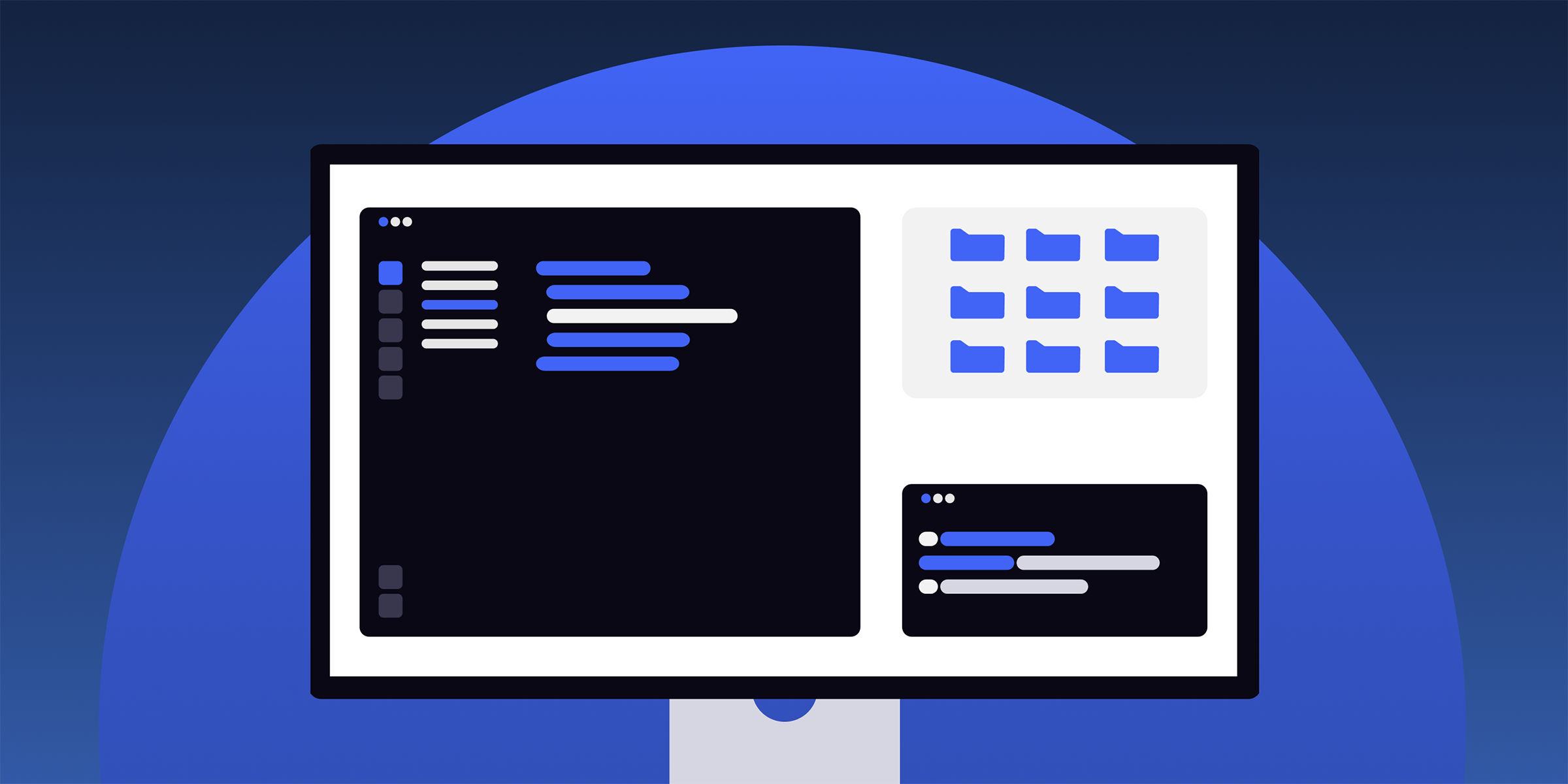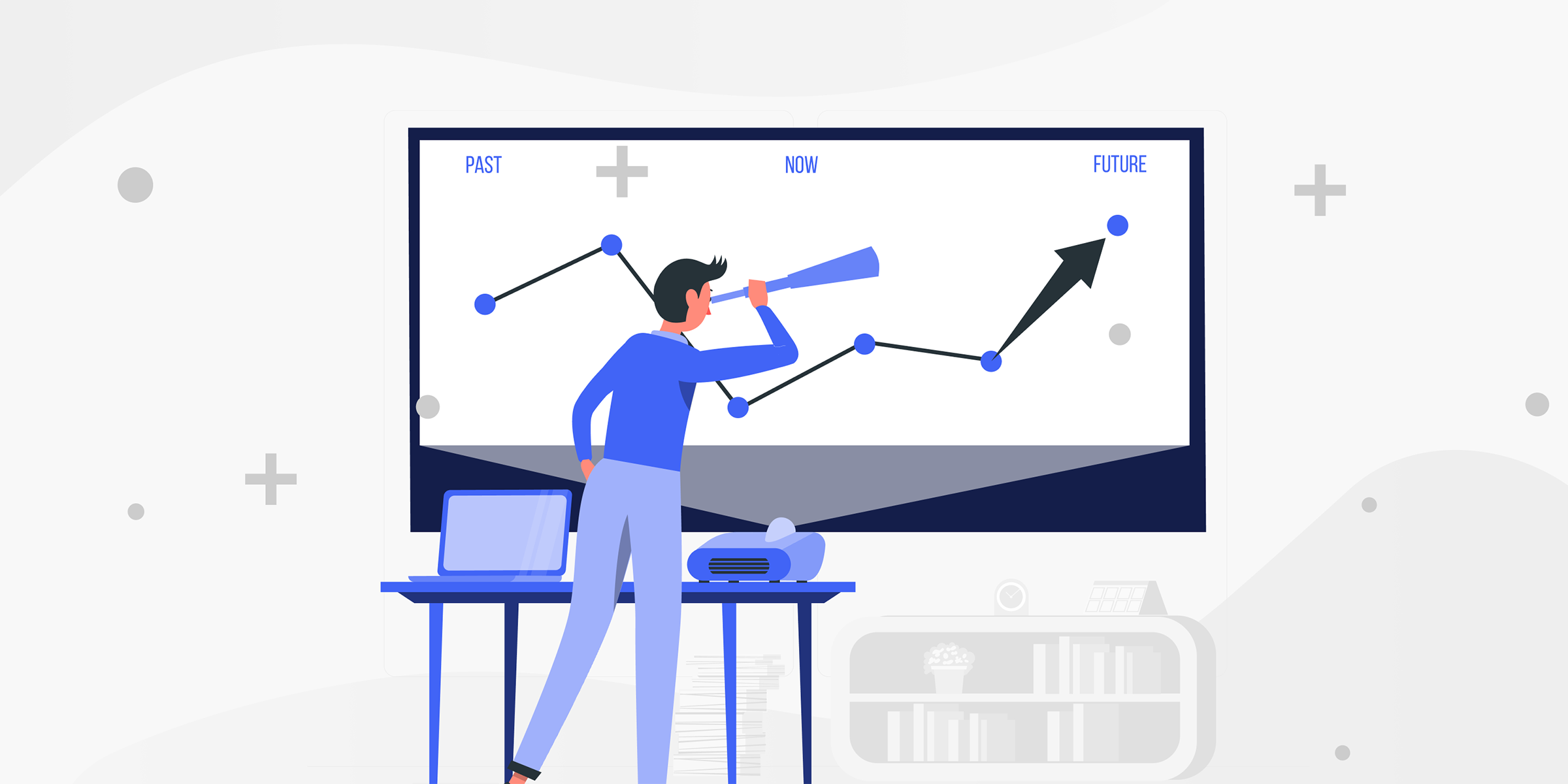Residential Proxies
Allowlisted 200M+ IPs from real ISP. Managed/obtained proxies via dashboard.

Proxies Services
Residential Proxies
Allowlisted 200M+ IPs from real ISP. Managed/obtained proxies via dashboard.
Residential (Socks5) Proxies
Over 200 million real IPs in 190+ locations,
Unlimited Residential Proxies
Unlimited use of IP and Traffic, AI Intelligent Rotating Residential Proxies
Static Residential proxies
Long-lasting dedicated proxy, non-rotating residential proxy
Dedicated Datacenter Proxies
Use stable, fast, and furious 700K+ datacenter IPs worldwide.
Mobile Proxies
Dive into a 10M+ ethically-sourced mobile lP pool with 160+ locations and 700+ ASNs.
Scrapers
Collection of public structured data from all websites
Proxies
Residential Proxies
Allowlisted 200M+ IPs from real ISP. Managed/obtained proxies via dashboard.
Starts from
$0.6/ GB
Residential (Socks5) Proxies
Over 200 million real IPs in 190+ locations,
Starts from
$0.03/ IP
Unlimited Residential Proxies
Unlimited use of IP and Traffic, AI Intelligent Rotating Residential Proxies
Starts from
$1816/ MONTH
Rotating ISP Proxies
ABCProxy's Rotating ISP Proxies guarantee long session time.
Starts from
$0.4/ GB
Static Residential proxies
Long-lasting dedicated proxy, non-rotating residential proxy
Starts from
$4.5/MONTH
Dedicated Datacenter Proxies
Use stable, fast, and furious 700K+ datacenter IPs worldwide.
Starts from
$4.5/MONTH
Mobile Proxies
Allowlisted 200M+ IPs from real ISP. Managed/obtained proxies via dashboard.
Starts from
$1.2/ GB
Scrapers
Web Unblocker
Simulate real user behavior to over-come anti-bot detection
Starts from
$1.2/GB
Serp API
Get real-time search engine data With SERP API
Starts from
$0.3/1K results
Scraping Browser
Scale scraping browsers with built-inunblocking and hosting
Starts from
$2.5/GB
Documentation
All features, parameters, and integration details, backed by code samples in every coding language.
TOOLS
Resources
Addons
ABCProxy Extension for Chrome
Free Chrome proxy manager extension that works with any proxy provider.
ABCProxy Extension for Firefox
Free Firefox proxy manager extension that works with any proxy provider.
Proxy Manager
Manage all proxies using APM interface
Proxy Checker
Free online proxy checker analyzing health, type, and country.
Proxies
AI Developmen
Acquire large-scale multimodal web data for machine learning
Sales & E-commerce
Collect pricing data on every product acrossthe web to get and maintain a competitive advantage
Threat Intelligence
Get real-time data and access multiple geo-locations around the world.
Copyright Infringement Monitoring
Find and gather all the evidence to stop copyright infringements.
Social Media for Marketing
Dominate your industry space on social media with smarter campaigns, anticipate the next big trends
Travel Fare Aggregation
Get real-time data and access multiple geo-locations around the world.
By Use Case
English
繁體中文
Русский
Indonesia
Português
Español
بالعربية

The Rise of Different Types of Bots in Today's Digital World
In today's fast-paced digital world, bots have become increasingly prevalent in our daily lives. From social media platforms to customer service interactions, bots are being utilized for a variety of purposes. But what exactly are bots, and what different types of bots exist in the digital landscape? Let's explore the world of bots and the various roles they play in shaping our online experiences.
Firstly, let's define what a bot is. In simple terms, a bot is a software application that performs automated tasks on the internet. These tasks can range from answering simple queries to more complex functions like data analysis or content generation. Bots are designed to mimic human interaction and can operate independently without human intervention.
One of the most common types of bots is chatbots. Chatbots are programs designed to simulate conversation with human users, usually through text messages. These bots are often found on websites or messaging platforms and can provide quick answers to frequently asked questions or assist with simple tasks. Chatbots have become increasingly sophisticated in recent years, thanks to advancements in artificial intelligence and natural language processing.
Another type of bot that has gained popularity is social media bots. These bots are designed to automate various tasks on social media platforms, such as liking posts, following users, or even generating content. While some social media bots are used for legitimate purposes, such as scheduling posts or analyzing engagement metrics, others are used for malicious activities like spreading misinformation or engaging in spamming.
E-commerce bots are also becoming more prevalent in the online retail sector. These bots are designed to automate the process of searching for products, comparing prices, and making purchases on behalf of users. For example, price comparison bots can scan multiple online retailers to find the best deals, while shopping bots can assist users in completing their purchases quickly and efficiently.
Another interesting type of bot is the gaming bot. These bots are designed to play video games automatically, either to assist human players or to compete against them. Gaming bots can be programmed to perform specific tasks within a game, such as gathering resources or defeating enemies, with precision and speed that human players may struggle to achieve.
In the realm of customer service, bots known as customer support bots are being increasingly deployed by companies to handle customer inquiries and resolve issues. These bots are capable of understanding and responding to customer queries, providing assistance round the clock. While they may not be able to handle complex issues that require human intervention, customer support bots can significantly reduce response times and improve overall customer satisfaction.
Lastly, we have web scraping bots, which are used to extract data from websites. These bots can collect information from multiple sources quickly and efficiently, making them valuable tools for market research, competitor analysis, and data aggregation.
Crawling a website is an essential part of data gathering for many businesses and researchers. However, website owners often employ measures to prevent automated bots from accessing their content, leading to being blocked. To successfully crawl a website without getting blocked, here are some tips to keep in mind:
1. Respect Robots.txt: The robots.txt file is a standard used by websites to communicate with web crawlers and specify which areas of the site can be crawled. Always check the robots.txt file of a website before initiating the crawl. Ignoring the directives in the robots.txt file can lead to being blocked.
2. Use a User-Agent: When sending requests to a website, ensure that your crawler identifies itself with a user-agent that is recognizable and descriptive. Avoid using generic user-agents that might trigger security measures on the website.
3. Implement Delays: Sending too many requests to a website in a short amount of time can raise red flags and lead to being blocked. Implement delays between your requests to simulate human behavior and reduce the load on the website's server.
4. Rotate IP Addresses: Websites often block crawlers based on their IP addresses. To avoid detection, rotate your IP addresses or use a pool of proxies to distribute the requests. This can help prevent the website from associating all the requests with a single IP address.
5. Limit Concurrent Connections: Crawling a website with multiple concurrent connections can look suspicious and trigger anti-crawling mechanisms. Limit the number of simultaneous connections to mimic human browsing behavior and avoid being blocked.
6. Monitor Response Codes: Keep an eye on the response codes returned by the website. An excessive number of 4xx (client errors) or 5xx (server errors) codes can indicate that you are being blocked. Adjust your crawling strategy if you notice an increase in these error codes.
7. Use Head Requests: Instead of crawling the entire content of a webpage, you can send head requests to retrieve only the headers. This can help reduce the load on the website and minimize the chances of being blocked.
8. Handle CAPTCHAs: Some websites employ CAPTCHAs to verify human users. If you encounter a CAPTCHA while crawling, you will need to handle it programmatically. Implement a mechanism to solve CAPTCHAs automatically to continue crawling without interruptions.
9. Be Polite and Ethical: Remember that web scraping and crawling should be conducted ethically and with respect for the website owner's terms of service. Avoid aggressive crawling techniques that can disrupt the website's performance or violate its policies.
10. Monitor Crawling Activity: Regularly monitor your crawling activity to detect any abnormal behavior or signs of being blocked. By staying proactive and adjusting your crawling strategy as needed, you can minimize the risk of getting blocked.
In conclusion, bots have become a ubiquitous presence in our digital world, playing diverse roles across various industries and platforms. From chatbots and social media bots to e-commerce bots and gaming bots, the evolution of bots has transformed how we interact with technology and conduct online activities. As technology continues to advance, the capabilities and applications of bots are only expected to grow, shaping the future of digital experiences for years to come.
Featured Posts
Popular Products
Residential Proxies
Allowlisted 200M+ IPs from real ISP. Managed/obtained proxies via dashboard.
Residential (Socks5) Proxies
Over 200 million real IPs in 190+ locations,
Unlimited Residential Proxies
Use stable, fast, and furious 700K+ datacenter IPs worldwide.
Rotating ISP Proxies
ABCProxy's Rotating ISP Proxies guarantee long session time.
Residential (Socks5) Proxies
Long-lasting dedicated proxy, non-rotating residential proxy
Dedicated Datacenter Proxies
Use stable, fast, and furious 700K+ datacenter IPs worldwide.
Web Unblocker
View content as a real user with the help of ABC proxy's dynamic fingerprinting technology.
Related articles

Leverage Laravel: Unveiling an Open Source Simple Scraper App
Explore the power of open source with a simple Laravel scraper app. Learn how to efficiently gather data with this user-friendly tool. Dive into the world of web scraping and boost your productivity today.

Unveiling the Power of Proxy Servers: Boost Your Online Security and Performance
Explore the benefits of using a proxy server for enhanced security and privacy. Learn how a proxy server can help you safeguard your online activities and protect sensitive information. Improve your browsing experience with a reliable proxy solution today.

Unlocking the Power of Aggregation: Definition and Impact Explained
Looking for an aggregation definition? Learn about the meaning and importance of aggregation in data analysis. Explore how aggregation simplifies complex data sets into manageable summaries. Find out more about aggregation techniques and its applications. Dive into our comprehensive guide now.